Selecting the right rug size can make or break the overall look and feel of a room. Too small, and the rug feels lost; too large, and it overwhelms the space. The right rug size not only anchors your furniture but also ties your room’s aesthetic together. This guide will help you confidently choose the perfect rug size for any space in your home.
Rug Size for Living Rooms
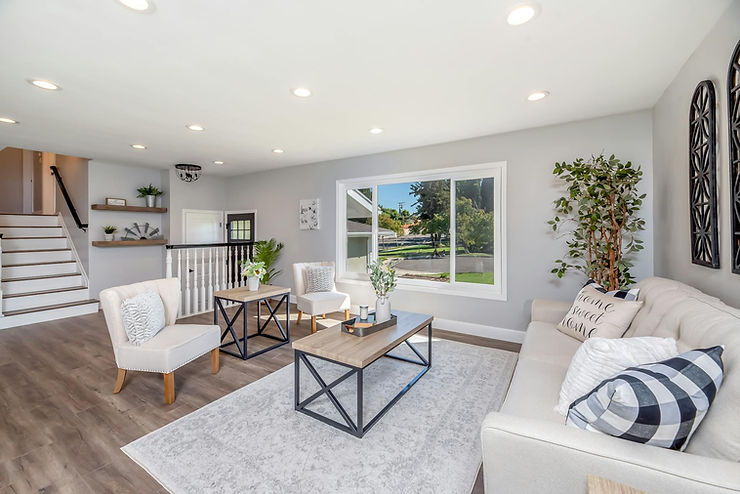
When choosing a rug for your living room, consider the layout of your furniture. A common approach is to ensure the front legs of your furniture rest on the rug, creating a cohesive look. Standard sizes like 8×10 or 9×12 work well for larger living rooms, while a 5×8 may be sufficient for smaller spaces. Make sure the rug is large enough to bring all your pieces together without swallowing the room.
For open-concept living rooms, you might need a larger rug to visually define the seating area. In smaller living rooms, you can opt for a more modest rug, as long as it ties the room together without making it feel cramped. Always remember that a well-placed rug helps anchor the furniture and guide the flow of the room, enhancing both comfort and design.
Rug Size for Bedrooms

In a bedroom, the rug should extend beyond the bed, framing it beautifully. For a queen-size bed, an 8×10 rug typically works well, providing enough coverage on both sides. If you have a king-size bed, consider a 9×12 rug. This creates a luxurious feel and ensures that when you step out of bed, your feet land on a soft surface, not the cold floor.
Rug Size for Dining Rooms
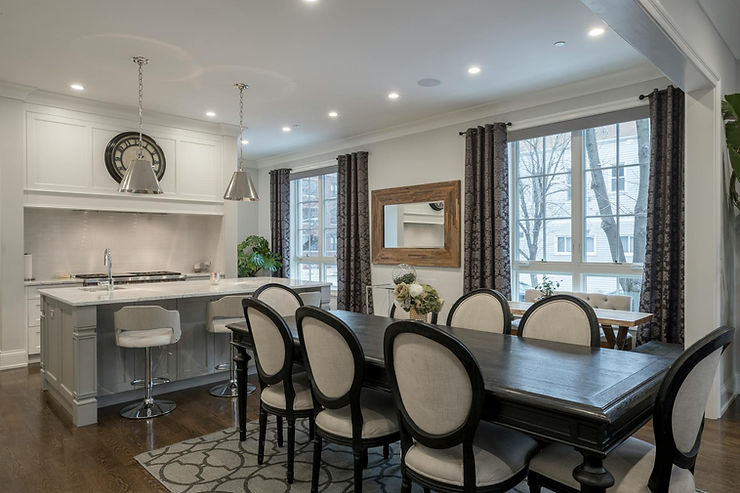
In a dining room, the rug size needs to accommodate not just the table but also the chairs when they are pulled out. A good rule of thumb is to add at least 24 inches to all sides of the table. For example, if you have a 6-person table, an 8×10 rug is generally a good fit. This ensures that the chairs stay on the rug even when people are seated, giving the room a balanced appearance.
The shape of the table also matters when choosing a rug size. A rectangular rug works well with a long table, while a round rug can complement a circular dining set. Having the right-sized rug in your dining room not only adds visual appeal but also helps protect your floor from chair movement, making it a functional as well as decorative element.
Rug Size for Entryways and Hallways
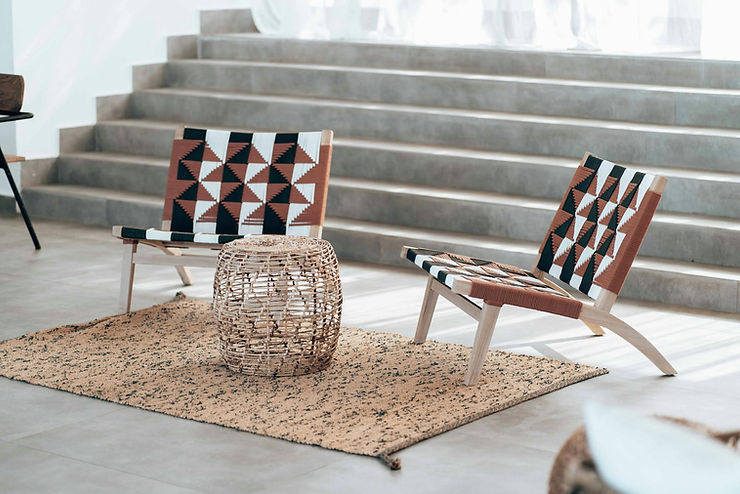
Entryways and hallways benefit from long, narrow rugs that help create a defined path while adding warmth and style to often-overlooked spaces. Runners are particularly ideal for these areas, as they guide the eye along the length of the hall and soften the visual impact of hard floors. A runner rug, typically sized 2×8 or 3×10, works well in most hallways, providing both functionality and a design element.
In entryways, where the space is typically smaller, a 4×6 rug can be a perfect fit. It defines the entrance without overpowering the area, offering a welcoming touch as soon as someone steps inside. The goal is to choose a rug that complements the dimensions of the space while maintaining balance and flow.
Rug Placement Tips
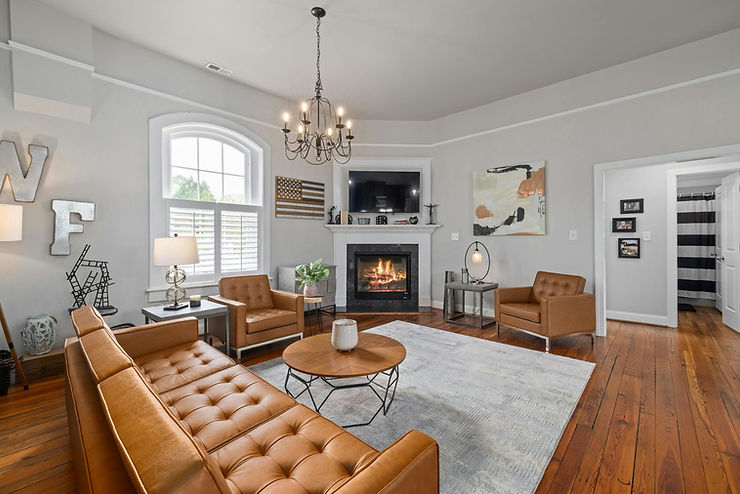
Rug placement plays a critical role in making your space look cohesive and balanced. In living rooms, it’s common to place the rug under the front legs of your furniture to anchor the seating arrangement. For dining rooms, the rug should be centered beneath the table with ample space for chairs, even when pulled out. In bedrooms, try to ensure that at least two-thirds of the bed sits on the rug, with it extending out from the sides for a more luxurious feel. Proper placement helps to visually define areas and create a more harmonious flow in your home.
Rug Size and Shape Considerations
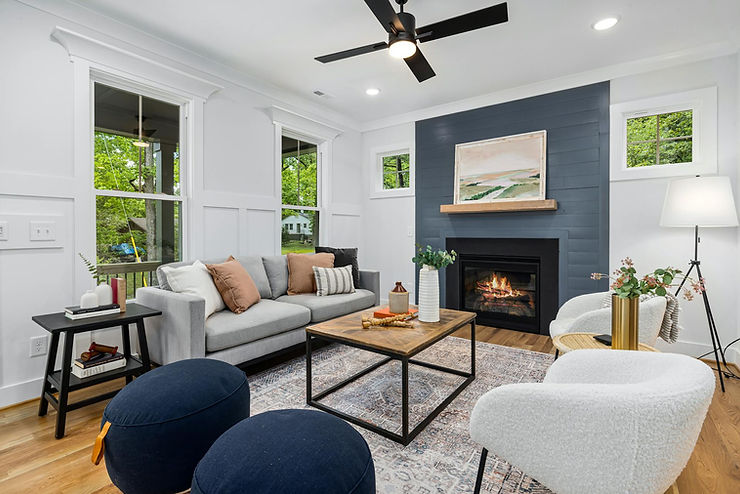
The shape of your rug can dramatically influence the aesthetics of a room. While rectangular rugs are the most common and versatile, round rugs can soften the edges of a room, especially in areas like dining rooms or entryways. Consider the shape of your room and furniture when deciding on the rug shape. For example, a round rug works beautifully under a round dining table, while a long rectangular rug complements the length of a hallway or living space. The right size and shape together enhance the overall balance of the room.
Room-by-Room Rug Size Guide
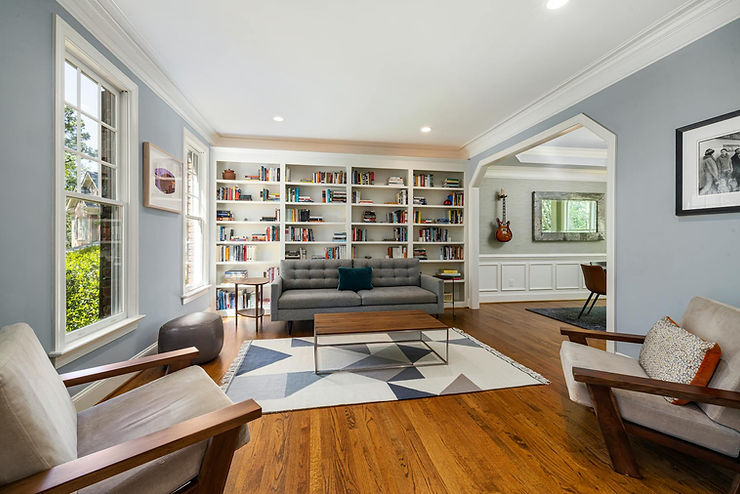
Each room in your home has its own ideal rug size based on its function and layout. In living rooms, larger rugs (8×10 or 9×12) work best for central seating areas, while smaller rugs can fit under accent furniture. For bedrooms, a rug that extends beyond the bed frames the space elegantly. Dining rooms require rugs that are large enough to accommodate the table and chairs without feeling cramped. Entryways benefit from smaller, well-placed rugs that define the space as soon as you step in. Each room has unique needs, and the right rug size makes a big difference.
Rug Size and Room Proportion
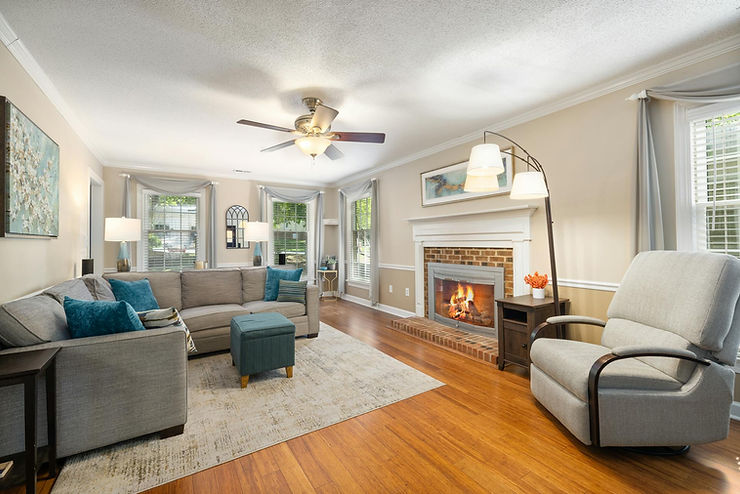
Choosing the right rug size is about more than just fitting your furniture—it’s also about maintaining proportion within the room. A rug that is too small can make the room feel disjointed, while one that is too large might overwhelm the space. Ideally, the rug should create a balance by leaving an even amount of floor space visible around the room. This is especially important in smaller rooms, where an oversized rug can make the space feel cramped. Proper proportions between the rug, furniture, and room size ensure the room feels well-planned and visually appealing.
Rug Size and Furniture Placement
When positioning furniture on your rug, aim to create unity without overcrowding the space. In living rooms, the front legs of your sofas and chairs should ideally rest on the rug to tie the seating area together. In dining rooms, all chairs should remain on the rug even when pulled out to prevent awkward transitions from rug to floor. Bedrooms benefit from rugs that extend out from under the bed, giving the room a soft, welcoming feel when you step out in the morning. Proper furniture placement on the rug helps establish flow and comfort in each room.
Conclusion
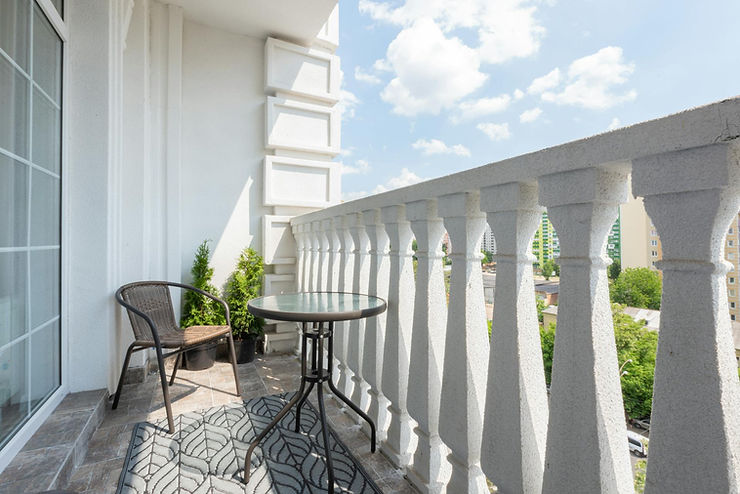
Choosing the right rug size for each room is essential for both aesthetics and functionality. A well-sized rug anchors your furniture, enhances the room’s design, and creates a sense of balance. By considering the layout, room function, and proportions, you can select the ideal rug size for living rooms, bedrooms, dining rooms, and more. Remember that rug size isn’t just about fitting the furniture—it’s about tying the entire space together to create a cohesive, stylish look.
FAQs
For most living rooms, a rug that is 8×10 or 9×12 works best to anchor the seating area. Ensure the rug is large enough to sit under the front legs of your sofa and chairs to tie the furniture together.
The rug under a dining table should be large enough to fit all chairs, even when pulled out. A general rule is to choose a rug that extends at least 24 inches beyond the edges of the table, often making an 8×10 rug a good option.
For a king-size bed, a 9×12 rug is ideal as it provides enough coverage to extend beyond the sides and foot of the bed, framing it nicely and adding a layer of softness to the bedroom.
For a small bedroom, a 5×8 rug can work well when placed under the lower two-thirds of the bed. Alternatively, a smaller rug can be used on the sides of the bed for added comfort and warmth when stepping out.
For hallways, runner rugs are the best choice. The ideal size is a runner that leaves a few inches of space on either side of the rug to create a balanced, inviting look. Standard runners are typically 2×8 or 3×10, depending on the hallway length.
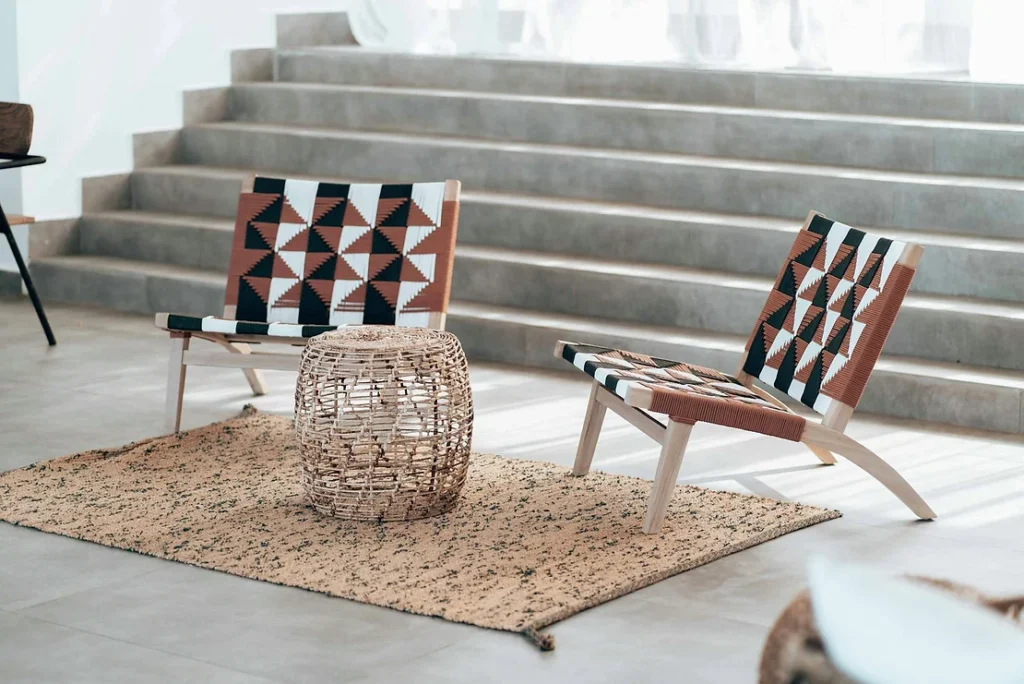
Recent Posts
15 Floor Plan Graphic Styles That Will Elevate Your Presentation Game
The Role of Shadows in Architectural Storytelling
When Furniture Becomes Architecture: Blurring the Line